Home » Walking Tips » Choosing the Right Walking or Hiking Trail in New Zealand: A Practical Guide
Selecting the ideal walk for your New Zealand adventure can be simple and fun, but please do spend some time thinking about this before you head off. Here are some easy-to-follow tips that will help you find a walk that fits your interests, comfort level, and schedule.
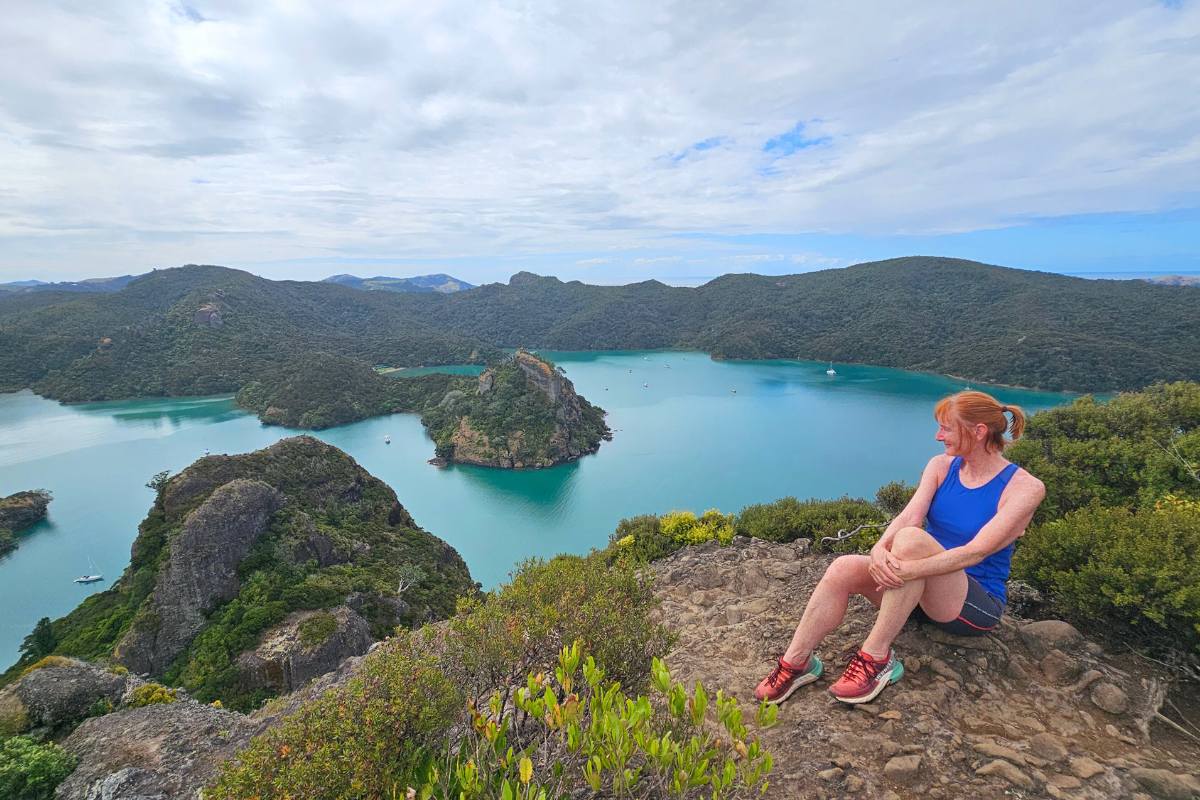
Before you head out with your new hiking boots, think realistically about your physical fitness. New Zealand has a huge range of trails, from easy, flat walks that might take only 10 minutes to multi-day treks across rugged terrain.
If you’re relatively new to hiking or if you’re bringing along the kids, pick a walk that doesn’t demand too much in terms of distance or elevation.
Check the walk details for elevation, this will give you a good idea of how high that mountain really is!
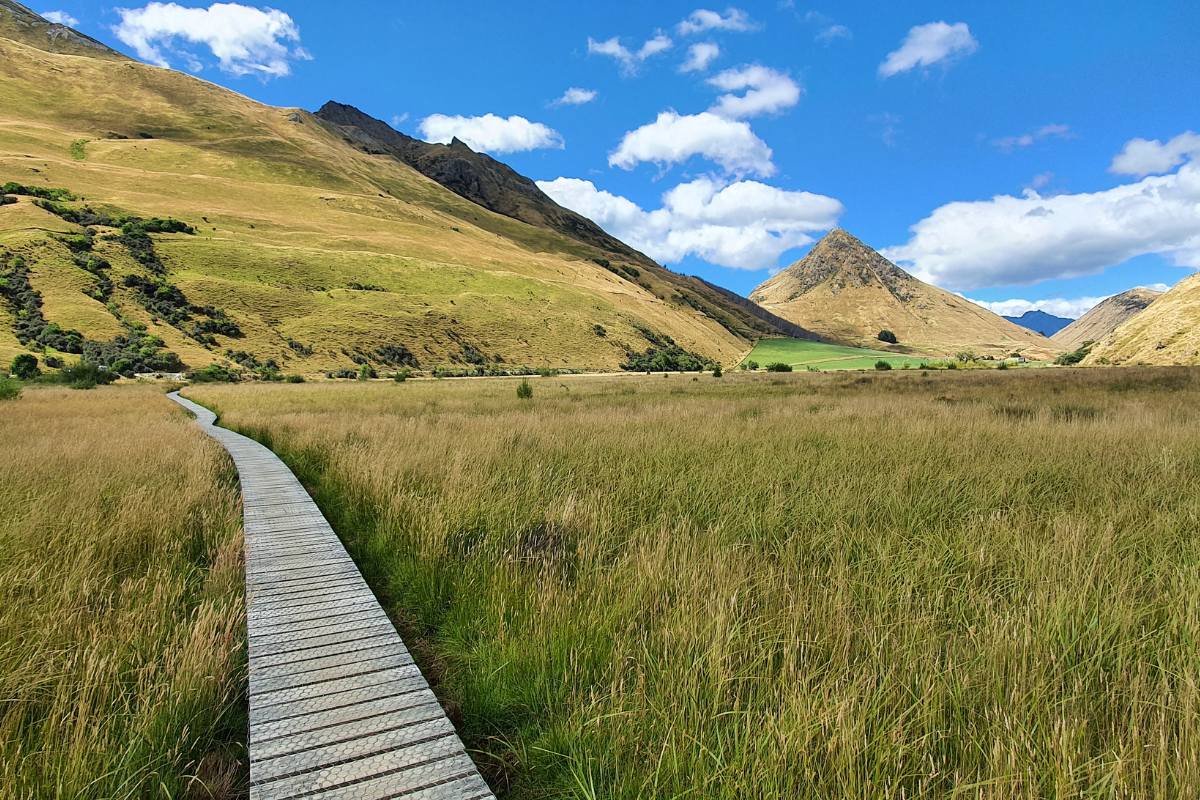
When deciding where to hike in New Zealand, think about what kind of views you want to soak up. If you’re a fan of beaches and a warmer climate like I am, the North Island is your go-to. It’s got some awesome coastal walks on stunning beaches with soft white sand. One of my favourite places for this are my Devonport walks.
The North Island also has tropical forests with plenty of palms and ferns. Walking in the Waitakere Ranges is perfect for this.
If towering mountains and dramatic scenery are more your style, then the South Island with it’s shist rock might be better. It’s cold down here, it’s where you’ll find the great Southern Alps, where the hikes are more rugged but totally worth it for the breathtaking views and snow capped mountains.
Plus, the South Island has beautiful fiords, mirror lakes AND glaciers, you’ll find these on Franz Josef walks.
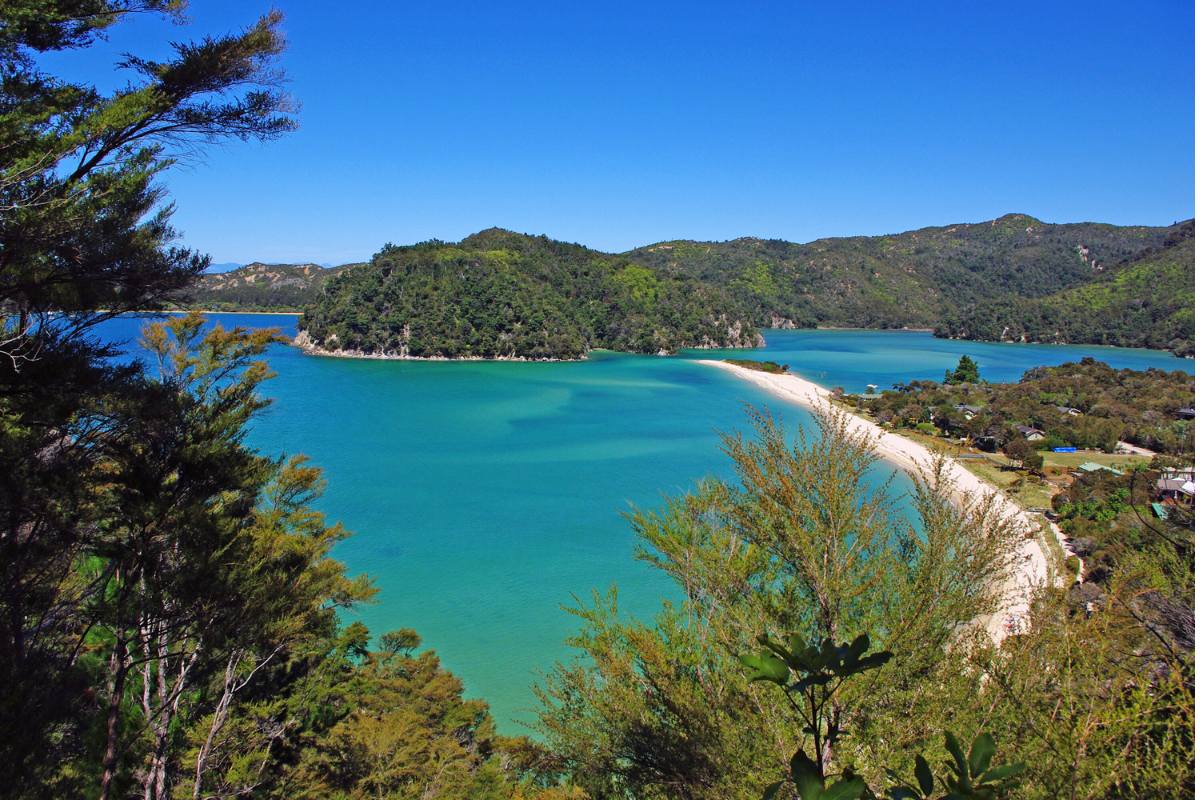
Time is a crucial factor in choosing your trail. If your schedule only allows for a short walk, try something near a major city. There are over 150 short walks in Auckland.
However, if you’re planning quite a few hours consider one of New Zealand’s famous multi-day hikes, there are called the Great Walks. One of the best is the Abel Tasman Track or the Queen Charlotte Track. Remember, more extended treks require better preparation and more equipment.
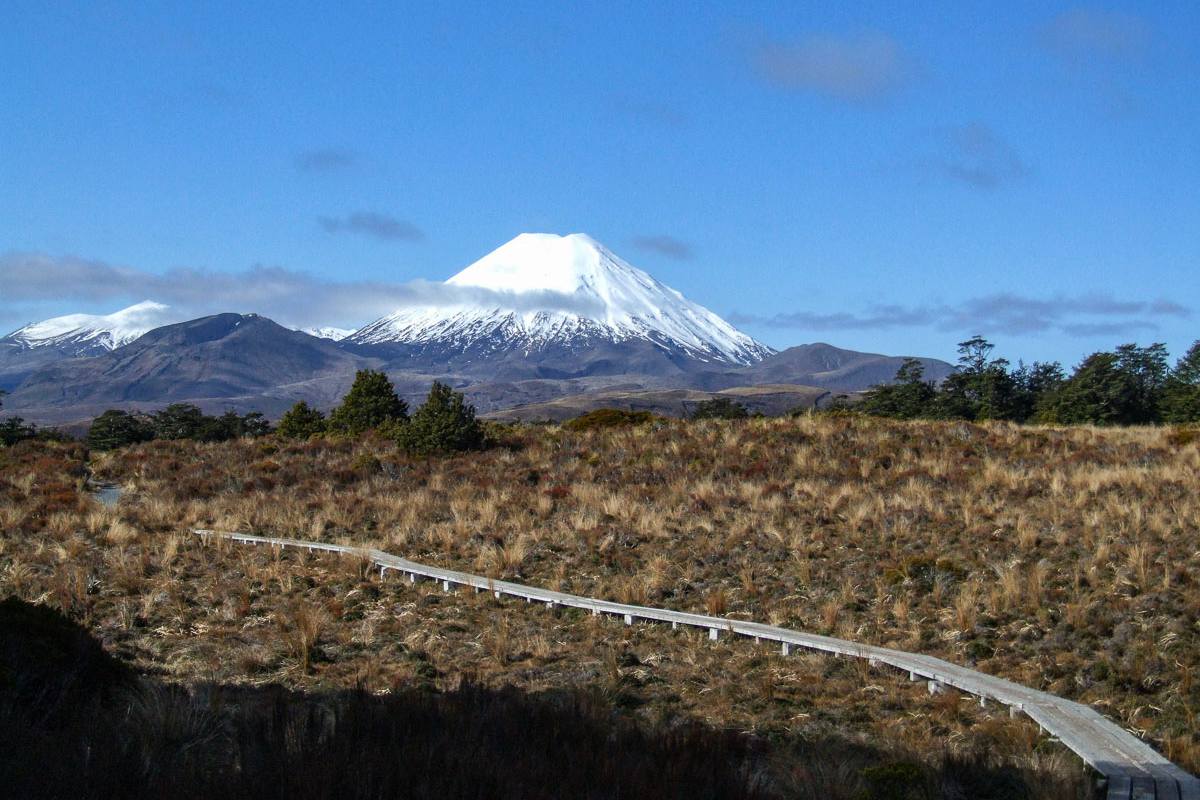
New Zealand’s weather can be a bit all over the place, changing from sunny to rain and cold even during a single hike. So, it’s super important to think about the season when you’re planning your walk.
For example, the mountain tracks down South can get snowy and icy in winter, so they’re best left to the more experienced hikers who have the right gear.
On the other hand, the coastal and lowland trails can be really nice in the cooler months, when you don’t have to worry about overheating.
Always have a look at the weather forecast before you head out, and if you can, chat with someone local to get first hand experience on what to expect.
Read my excellent article on weather tips for New Zealand walks.
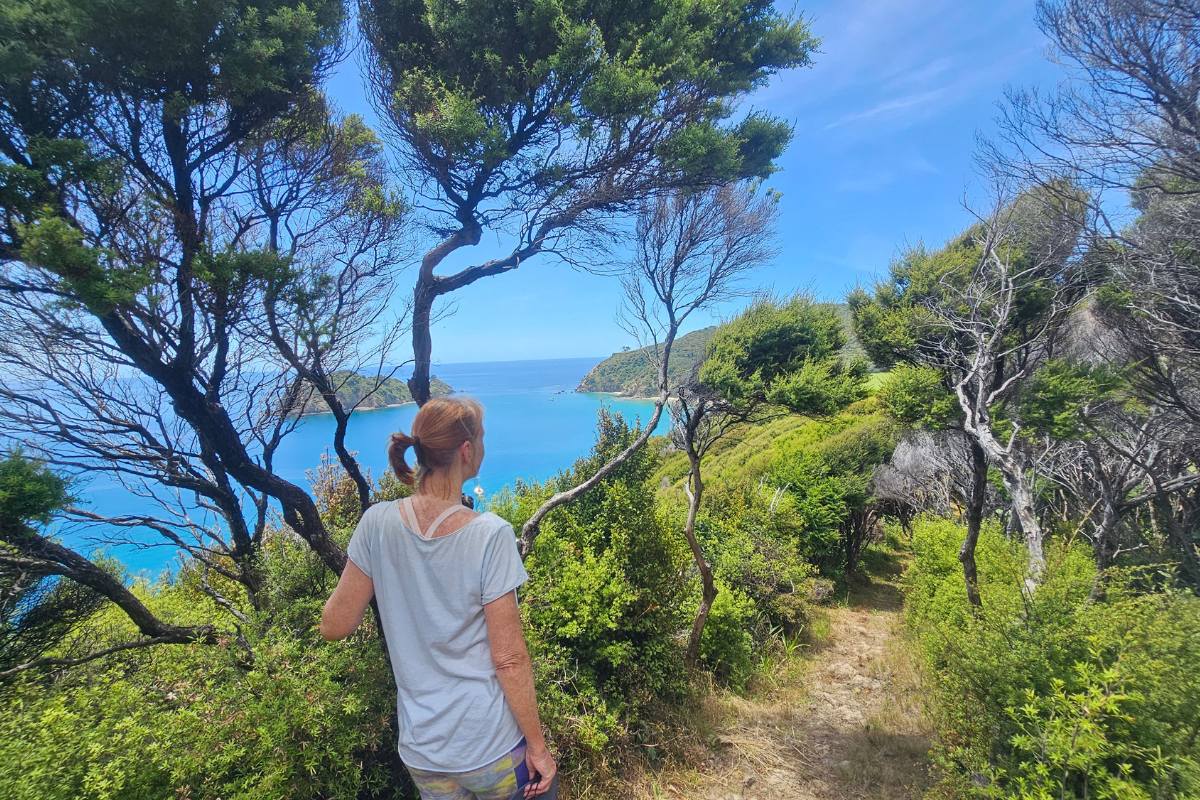
Get to know the condition of the track before you go. This includes looking up how well-marked and maintained the paths are, what facilities are available (like water sources, toilets, or shelters), and how crowded they might be at different times of year.
Our walking tracks in New Zealand are for the most part, extremely well maintaned considering how many walks we have here. However, don’t take it for granted that all walking tracks are in good condition. Some can get really muddy or you need to cross creeks getting your feet wet in usually very cold water!
For longer hikes, understanding the location and capacity of the DOC huts or campsites is crucial, especially in peak season when they may need to be booked well in advance.
Read my article on safety and gear essentials for walking and hiking in New Zealand to understand what you need.
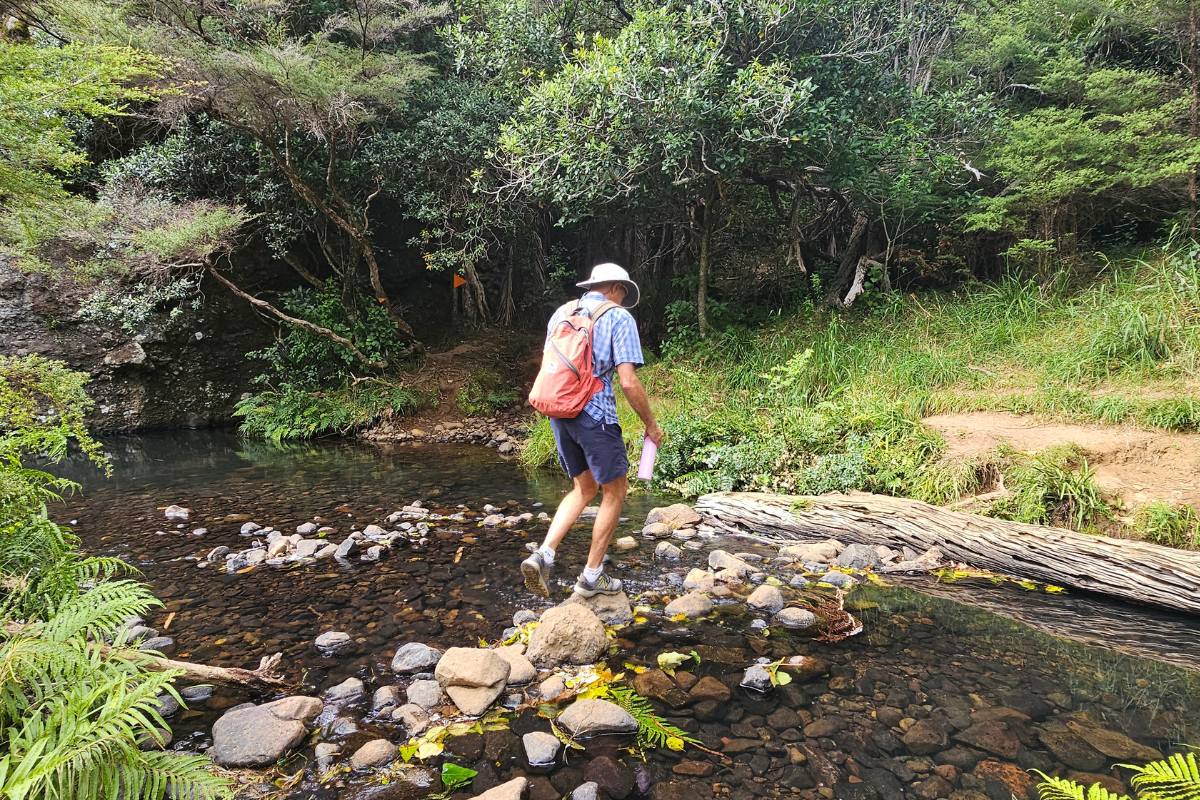
Online walking directories can be a goldmine of recent and relevant information about trail conditions. Previous hikers often share their experiences regarding difficulty, navigation, and even wildlife sightings.
For the most current advice, especially about weather conditions, visit a nearby information center, called an “iSite”. These locals can provide invaluable advice on everything from trail choice to best time to walk.
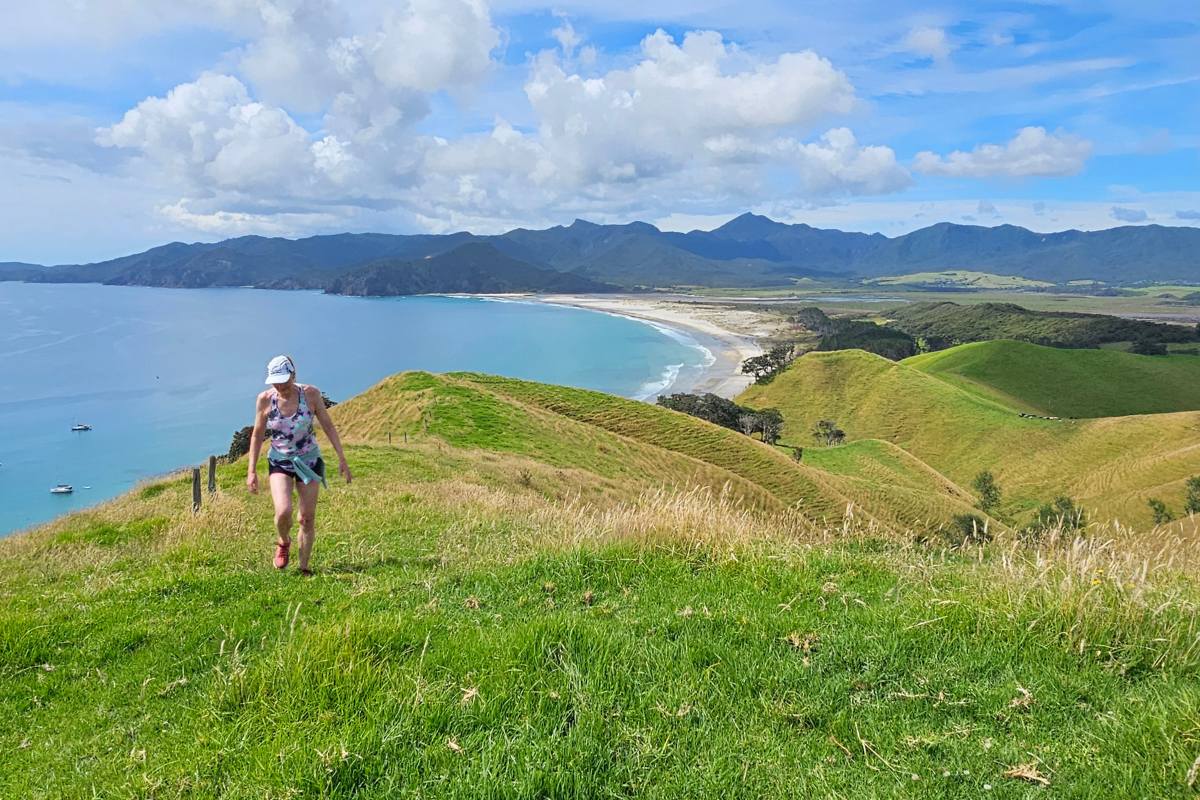
When picking a walking track, it’s also really important to think about the wildlife and natural features you might want to see.
New Zealand is home to some unique birdlife and fauna that you won’t find anywhere else in the world. If you’re a bird watcher or just enjoy wildlife, you should look for walks known for their bird sightings or native plants.
Some areas might offer the chance to see rare species like the kiwi or the kākāpō, or feature dense native bush perfect for spotting a variety of birds and insects.
Choose a walk in a conservation area or sanctuary, these places are usually full of wildlife.

New Zealand is full of unforgettable walking experiences with stunning scenery and wildlife. Choosing the right walk is more than just picking a path – it’s about setting yourself up for some unforgettable times in the stunning landscapes of New Zealand.
Think about how fit you are, what kind of views you want to enjoy, how much time you’ve got, what the weather might be like, and do a little homework on the walk.
With this in mind, you’re all set for a great walk or hike in New Zealand. Whether you’re in the mood for an easygoing short walk or a bit of a challenge, there’s definitely a hike out there that’s just right for you, choose wisely if you’re on limited time.
Why not check out my favourite walks in the North and South Islands, it’s a great place to start if you’re not sure what’s best for you.
FREE Auckland Walks eBook
Subscribe for walking and hiking tips.

Walking Day Pack made in New Zealand